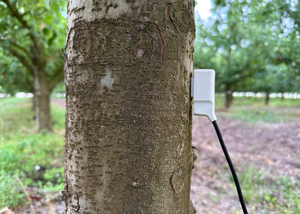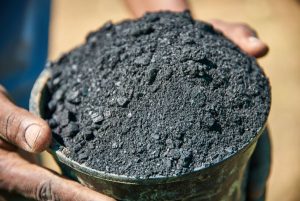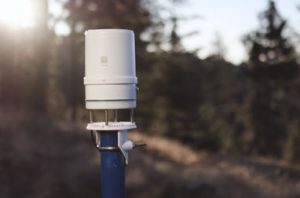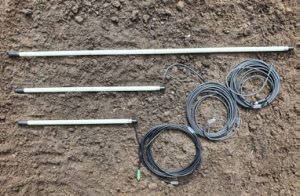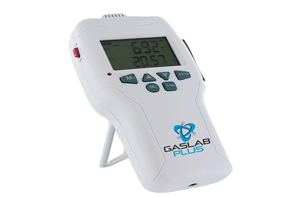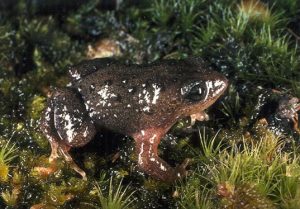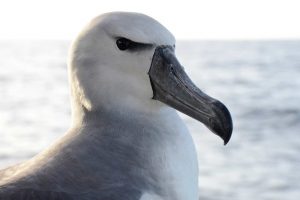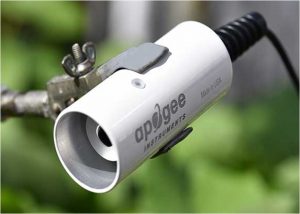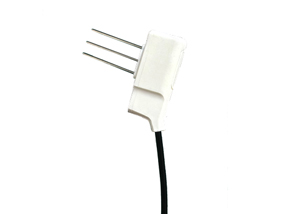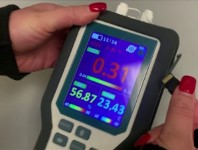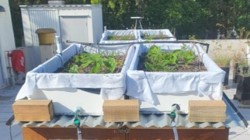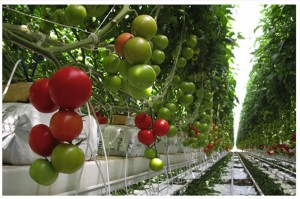the blog
the latest on environmental research & monitoring....
A new generation of sap flow sensors
Advancements in sap flow research are set to become more accessible and precise with the introduction of next-generation sensor technology. Developed by leading scientists and engineers at Implexx Sense, the Implexx Sap Flow Sensor Gen 2 is specifically designed for researchers. Its miniaturized design and cost-effectiveness offer significant benefits by increasing sample size and replication,…
Read MoreBiochar water retention and conductivity curves: a case study
Soil degradation is a widespread issue affecting the efficiency of agricultural production in Australia and New Zealand. Degraded soils have poor water quality characteristics such as low water holding capacity and infiltration. One strategy to improve soil water characteristics is to add biochar (biological charcoal) to degraded sites. A recent scientific publication suggests that biochar…
Read MoreHow Accurate is the ATMOS 41 Weather Station?
Weather monitoring is crucial in Australian and New Zealand environmental research, agriculture, and hydrological studies. The accuracy and reliability of weather data can significantly impact decision-making and research outcomes. This brings us to the ATMOS 41 all-in-one weather station, a tool designed by METER Group to offer comprehensive and precise weather data. But how accurate…
Read MoreEdaphic Scientific and SWAP Instruments collaborate on soil redox
In the realm of soil science and biogeochemistry research, the importance of accurate and real-time soil monitoring is paramount. Edaphic Scientific, a renowned provider of environmental monitoring solutions, has recently formed a strategic partnership with SWAP Instruments to extend comprehensive support for their cutting-edge soil redox probes in Australia and New Zealand. This collaboration marks…
Read MoreCO2 and indoor air quality of Australian offices and schools
Increasingly, modern Australian offices and indoor workspaces are designed to be energy-efficient and comfortable for the people working there. However, well-sealed and insulated buildings can also negatively impact indoor air quality (IAQ) if there isn’t enough ventilation. This can seriously affect employees’ health, well-being, and productivity. Monitoring and managing IAQ using devices like CO2 meters…
Read MoreAn endangered frog and soil water potential
Soil water potential, an endangered frog and climate change are three topics rarely discussed together. Yet, recent research from the University of Western Australia found that the successful breeding of an endangered frog is intricately linked with soil water potential which, in turn, may be altered by climate change dynamics. Understanding the interplay of these…
Read MoreWeather stations and understanding endangered bird species
Researchers from the University of Tasmania, DPIPWE and CSIRO are measuring weather patterns on Albatross Island with the ATMOS 41 Weather Station. Albatross Island is located between Tasmania and Victoria in Bass Strait. The weather data is being used to understand the impacts of climate on Shy Albatross, an endangered species found on 3 remote islands off Tasmania. Read more…
Read MoreA new range of spectral and radiation sensors
Edaphic Scientific is now supporting a range of Apogee spectral and radiation sensors for Australian scientific researchers. The state-of-the-art sensors measure a variety of spectral and radiation parameters including solar radiation, photosynthetically active radiation (PAR), ultraviolet (UV) radiation, net radiation, NDVI, PRI and infrared temperature for plant canopies. The sensors are SDI-12, calibrated, easy to…
Read MoreStem water content: a new sensor for plant water relations
A new stem water content sensor has been released by Implexx Sense. The new sensor will enhance the understanding of plant water relations and will also assist plant physiologists, ecohydrologists, modellers and more. what is stem water content? Stem water content, also known as sapwood water content or moisture, gravimetric or volumetric water content,…
Read Moretrends in CO2 sensing technology
CO2meter.com is a world leading manufacturer and supplier of gas detecting equipment located in Florida, USA. In this article, CO2meter.com outlines the 2021 trends in gas detecting technology and what may be expected in the near future. In the past, gas sensing technologies focused on size and ease of integration. Recently, there has been an…
Read MoreMonitoring of subtropical green roof water balance in Brisbane
PhD candidate, Green Infrastructure Research Labs (GIRLS), Cities Research Institute, Griffith University, Queensland, Australia Green roofs are a nature-based approach to help cities overcome the negative effects of urbanisation. By greening the cities, stormwater can be retained, the urban environment cooled, and habitats can be created. Monitoring of green roof water balance can assist…
Read MoreReducing water inputs with on demand irrigation scheduling
New research has shown up to 40% reduction in irrigation can be achieved with soils or plant based decision making. Water resources are becoming increasingly expensive and scarce. To reduce costs and save on water, it is possible to alter irrigation scheduling (i.e. timing and dosing). Yet, when altering or decreasing irrigation it is critical…
Read More
